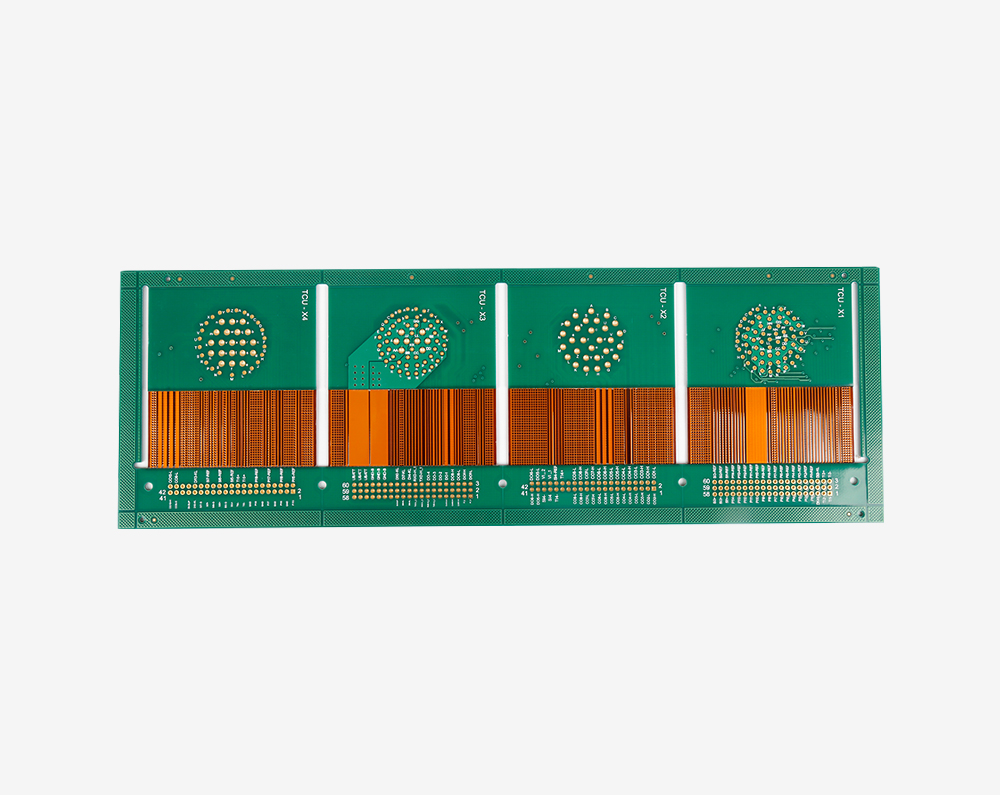Time:2024-08-22Views:
In order to ensure the quality of the PCB circuit board, a temperature resistance test is required to prevent the PCB from exploding, blistering, delamination and other adverse reactions at excessively high temperatures, resulting in poor product quality or direct scrap. The temperature problem of PCB is related to the temperature resistance of raw materials, solder paste, and surface parts. Usually, the PCB circuit board can withstand a temperature of up to 300 degrees for 5-10 seconds; the approximate temperature is 260 for lead-free wave soldering, and about 240 for lead-free wave soldering. degree. So, how to do heat resistance test on PCB circuit board?
1. Prepare PCB prototype and tin furnace.
Sampling 10*10cm substrate (or laminated board, finished board) 5pcs (copper-containing substrate without blistering and delamination)
Substrate: 10cycle or more
Laminated board: LOWCTE15010cycle or more
HTg material: 10cycle or more
Normal material: 5cycle or more

Finished board: LOWCTE1505cycle or more; HTg material or more 5cycle; Normal material or more 3cycle.
2, set the tin furnace temperature to 288±5 degrees, and use contact temperature measurement to calibrate;
3. Dip the flux with a soft brush and apply it to the surface of the board; then use the crucible tongs to take the test board and immerse it in the tin furnace. After timing for 10 seconds, take it out and cool it to room temperature. Visually check if there is any bubbling and explosion of the board. ;
4. If there is a problem of blistering and exploding, immediately stop the immersion tin and analyze the initiation point f/m; if there is no problem, continue the cycle until the exploded, with 20 times as the end point;
5. The blistering part needs to be sliced and analyzed to understand the source of the detonation point and take pictures.
The above is about the temperature resistance of PCB circuit boards. For the temperature resistance of PCB circuit boards of different materials, we need to understand in detail and do not exceed the maximum temperature limit, so as to avoid the problem of PCB circuit boards being scrapped.

